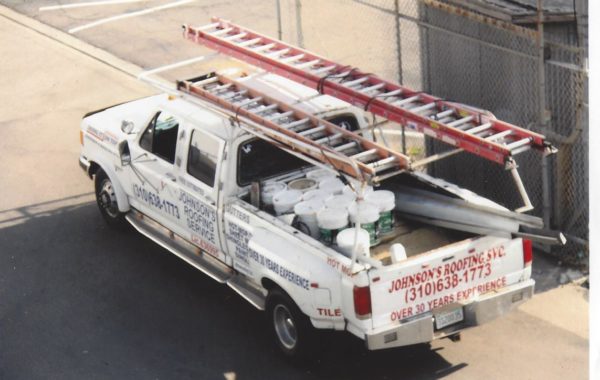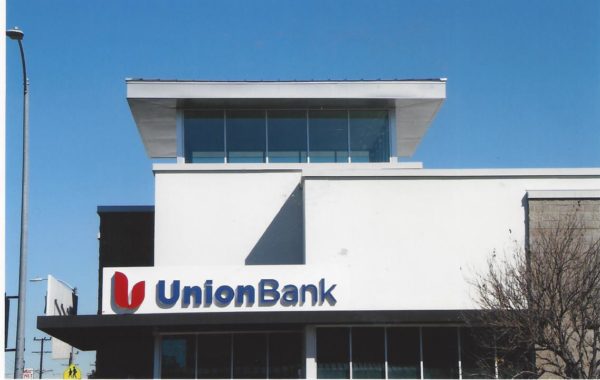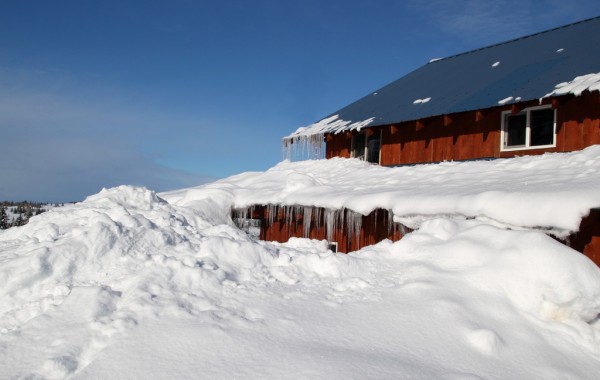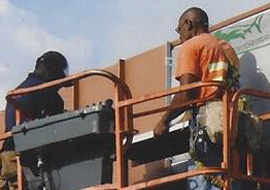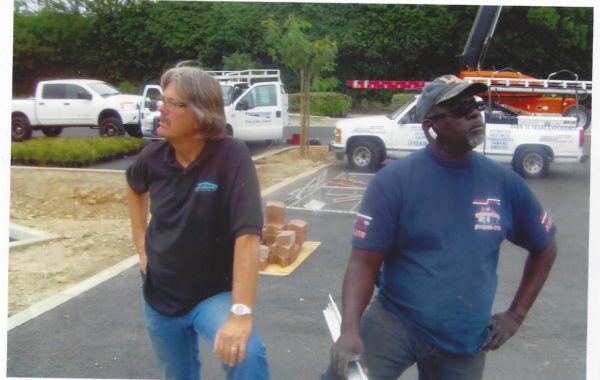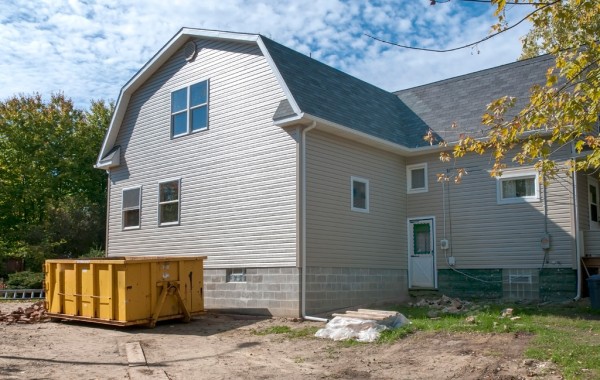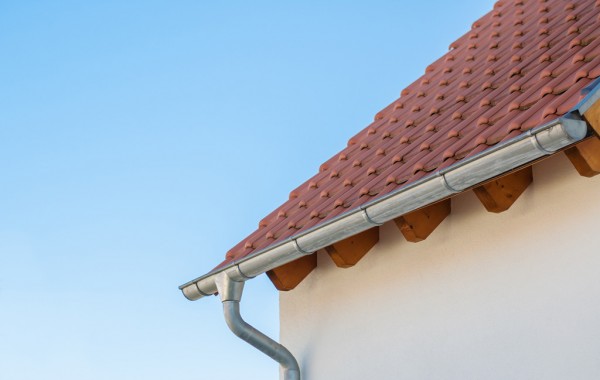TEN COMMON ROOFING PROBLEMS
1: ROOF LEAKS AND MOISTURE
2: BLOW-OFFS, TENTING, REDUCED WIND UPLIFT RESISTANCE, AND BILLOWING
3: POOR INSTALLATION AND UNSATISFACTORY WORKMANSHIP
4: LACK OF MAINTENANCE
5: PONDING WATER
6: PUNCTURES AND PENETRATIONS AFTER INSTALLATION
7: SAFETY
8: IMPROPER REPAIRS
9: SHRINKAGE
10: BLISTERING
Being wise to problems can prevent their escalation. Also, do not use or apply materials not intended for application on specific roof types. Doing so can result in permanent damage to the roof. Ensuring a quality installation, providing the roof with consistent maintenance, and the early detection of problems through routine inspections can help maximize roof life. As the roof ages, the likelihood of problems increases. However, it is how these problems are addressed that will determine the fate and future of your roof system.
Leaks can occur for a number of reasons. Built-up roofs (BUR) might experience leaks due to flashing details that weren’t fastened properly during installation. The majority of problems you have with a leaking BUR system is from leaks occurring at the flashing details – anywhere the membrane itself is terminated or interrupted.
Hot bituminous roofs where flashing is poorly attached may experience open seams and laps and ultimately cause blow-offs, reduced puncture resistance, and building code issues. Being wise to problems can prevent their escalation. Also, do not use or apply materials not intended for application on specific roof types. Doing so can result in permanent damage to the roof. Ensuring a quality installation, providing the roof with consistent maintenance, and the early detection of problems through routine inspections can help maximize roof life. As the roof ages, the likelihood of problems increases. However, it is how these problems are addressed that will determine the fate and future of your roof system. Also, improper installation of flashing is a source of leaks on torch-applied modified bitumen roofs. Inadequate head laps and backwater laps during installation is a problem that can allow for moisture infiltration. As such, backwater laps can cause leaks and blisters, which can lead to roof failure. With cold-applied modified bitumens, improper storage of materials can result in moisture infiltration built into the roofing system, and under-application of adhesive can result in poor lamination and roof leaks.
Leaks can result when single-ply membrane roofs are installed with poor seams. If you don’t have good seams, the membranes themselves will hold water.
Bottom line --- whenever you have roof leaks, you have a problem!
- 1
- 2

